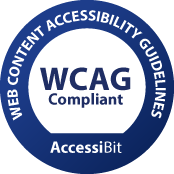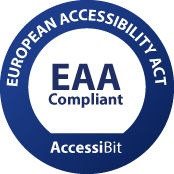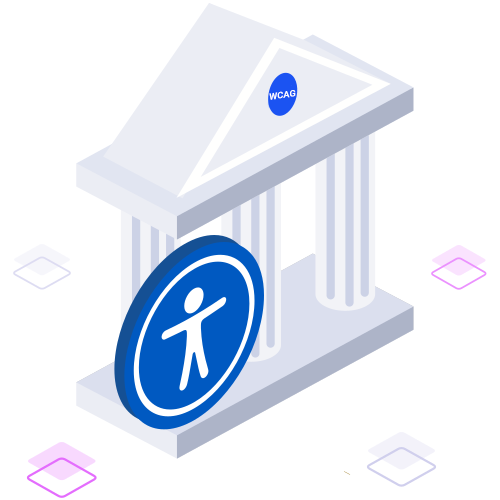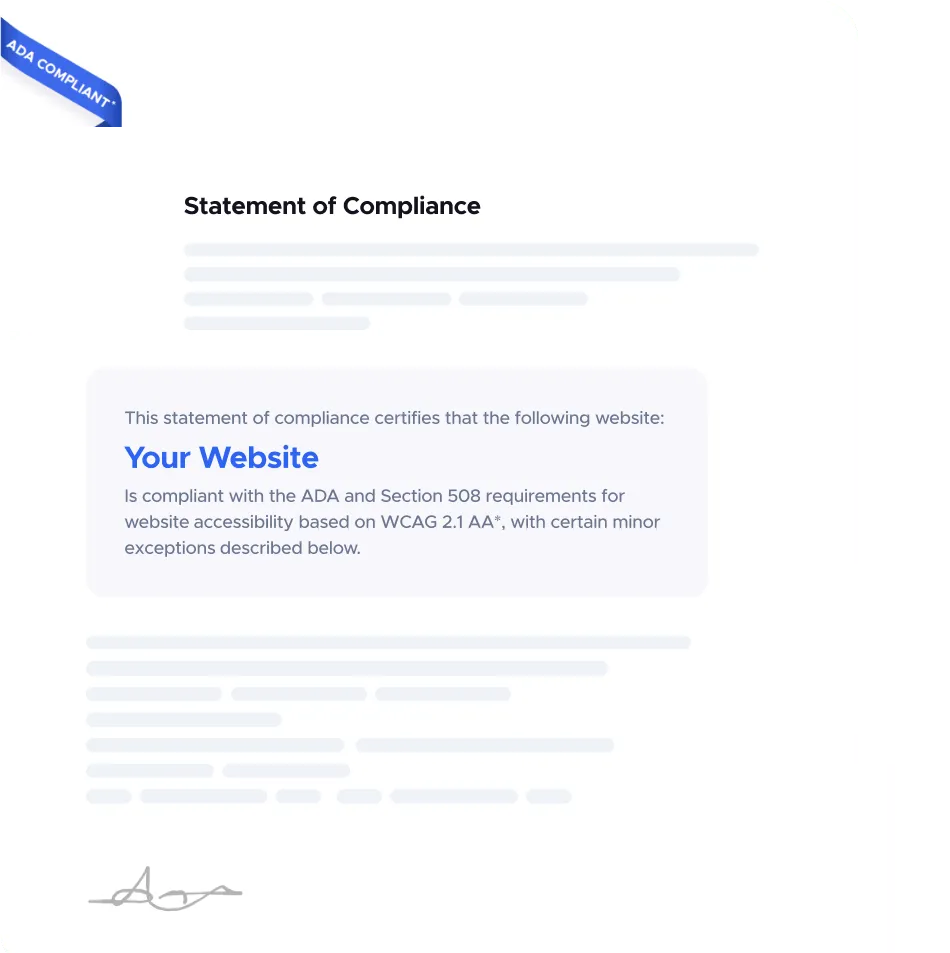Overview
Accessibility
Did You Know:
20% of the population suffers from some form of disability
98% of websites are inaccessible to those with some form of disability
ACCESSIBILITY
What It Is and Why It's Important
Worldwide, 1 billion people suffer from some form of disability. In Italy alone, there are 3 million, more than 5% of the population. Accessibility is the set of practices aimed at making information accessible to these people in the most complete way possible and without limitations.
Access to information and communication technologies is recognized by the United Nations Convention on the Rights of Persons with Disabilities as a fundamental human right.
In Italy, the Stanca Law of 2004 defines accessibility as the ability of computer systems, including websites and mobile applications, within the forms and limits allowed by technological knowledge, to deliver services and provide information in an accessible manner, without discrimination, even by those who require assistive technologies or special configurations due to disabilities.
WCAG 2.1
Online Accessibility
To facilitate institutions and companies in making their content accessible, the W3C (World Wide Web Consortium) consortium, in collaboration with individuals and organizations worldwide, has developed guidelines with the aim of providing a shared standard for web content accessibility that meets the needs of individuals, organizations, and governments internationally.
The Web Content Accessibility Guidelines (WCAG) define technical specifications for making web content more accessible to people with disabilities. Accessibility addresses a wide variety of disabilities, including visual, auditory, physical, speech, cognitive, language, learning, and neurological disabilities. These guidelines also make web content more usable for elderly people experiencing changes in abilities due to aging and often improve overall usability for all users.



RESPONSIBILITY
Non-Compliance Is Punishable by Law
Currently, the following entities are obliged to follow regulations:
In any case, the Stanca Law provides the right of the discriminated subject to take legal action personally.

Who Needs to Be Accessible:
In Italy, based on the so-called 'Stanca Law' which implements the 'European Accessibility Act', full compliance with WCAG 2.1 standards has been required since September 23, 2020 for the following categories:
Public administrations
Public economic entities
Transport companies
Regional municipal companies
Public law organisms
Companies providing IT services
Telecommunication companies
Public Assistance and Rehabilitation Entities
Large companies (with turnover exceeding 500 million euros)
Private companies providing public services
All entities benefiting from public funding or incentives for the provision of their services through information systems or the internet
Certificate
Protect Yourself with the Certificate!
In the interface, you will find a text that can be used to compile your Accessibility Declaration required by AgID. This is a text that can be consulted by everyone, explaining the arrangements made to make the site accessible.

Free trial
Scan your site for violations!
Scan your website for free to find out if it meets WCAG 2.1 compliance standards.
Instant scan
No credit card required
WCAG 2.1 compliance standards